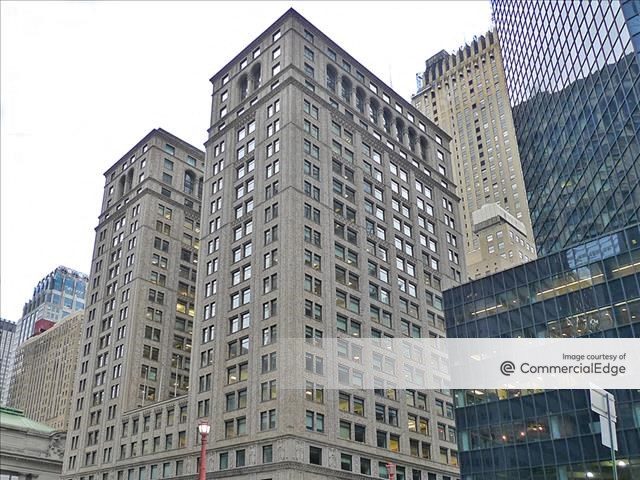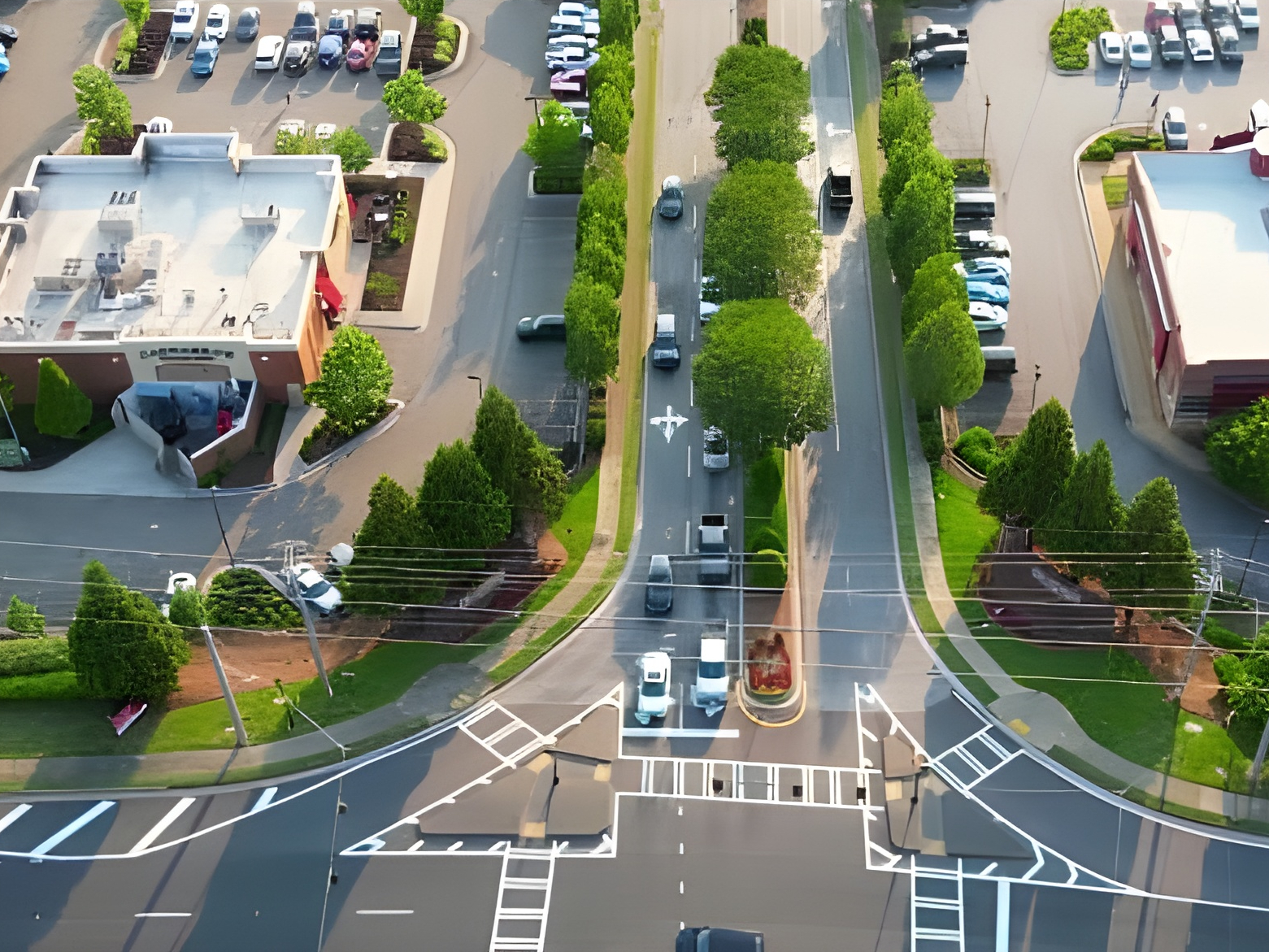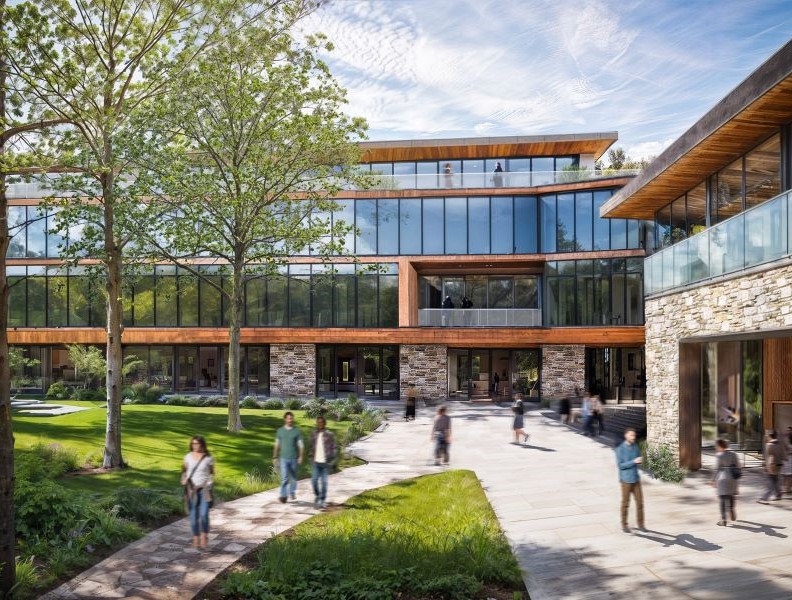Net Lease Cap Rates Begin to Rise
Capital markets dynamics are impacting this otherwise resilient investment sector.
Cap rates in the single-tenant net lease market increased slightly for all three sectors in the third quarter of 2022. For the first time in the past two years, cap rates increased for two straight consecutive quarters. Single-tenant cap rates increased to 5.86 percent (+6 bps) for retail, 6.80 percent (+3 bps) for office and 6.61 percent (+1 bps) for industrial in the third quarter of 2022. As the Federal Reserve continues to increase rates in attempt to curb inflation, debt costs have increasingly put upward pressure on cap rates for buyers of net lease properties.
As economic pressure mounts, formerly opportunistic sellers who were trying to take advantage of the historically low cap rate environment have removed properties from the market. In the third quarter of 2022, the supply of net lease properties decreased by more than 12 percent when compared to the prior quarter. Furthermore, buyers and sellers have yet to agree on pricing levels given the current environment, and a period of price discovery continues. The spread between asking cap rates and confirmed sale cap rates increased slightly in the third quarter but not by a meaningful amount. Accordingly, sale transactions in the third quarter of 2022 were more than 30 percent lower than in the third quarter of 2021. The expectation from market participants is that the bid-ask spread will widen as price discovery plays out in the fourth quarter and into 2023.
The rising rate and inflationary environment impacted acquisition criteria for net lease buyers. Investor demand for properties with rent growth or the ability to increase rents in the near term are in the greatest demand. Accordingly, demand for properties with limited or no rental escalations are limited to properties with above market yields or strong underlying real estate. Investors expected cap rates to widen for non-core net lease deals with short term leases, lesser tenants or secondary markets. This has yet to occur on a wider scale, causing a wait and see approach for many investors. As the quarter came to a close, institutional investors and publicly traded net lease REITs raised the cap rate floors for future acquisitions as their cost of capital increased.
The capital markets will continue to impact the overall net lease market. Investors will be carefully monitoring the Federal Reserve’s monetary policy and its impact on their borrowing costs. Year-end transaction volume will be impacted by the capital markets and the decrease in activity driven by 1031 exchange investors.
Randy Blankstein is president of net lease advisory firm The Boulder Group.








You must be logged in to post a comment.